Tea is grown in Brittany! And more specifically, on the banks of the Blavet, thanks to Filleule des Fées. Whenever I mention that I work for tea producers in Brittany, in the west of France, I often provoke astonishment and some widened eyes. You even may be surprised as you read this article…
Tea in western France, is it possible?
Tea in Brittany? Well, yes, French tea does exist… and it is resolutely Breton. Let me tell you about the Filleule des Fées project, to which I have had the chance to contribute for more than a year now.
The idea of growing tea did not come to Denis and Weizi Mazerolle overnight, but it is the result of a happy coincidence. Both tea enthusiasts, they planted a few tea bushes in their garden 18 years ago. The plants were left to grow freely in their little shaded corner, next to the Blavet River. For fun, they first tried to make their own tea from these plants, but they soon realized that the tea bushes were thriving on their slightly sloping land overlooking the river. Nothing really surprising, I later learned, since the tea plant is a camellia (Camellia sinensis) and Brittany is a land of camellias!

That’s how, in 2015, they decided to start a tea plantation, on an experimental basis. 7 years later, the plantation has expanded, the public has access to a beautiful tea garden, and the Breton tea brand “Filleule des Fées” has been really successful for several years now!


The tea is harvested by hand (only young shoots or the first or second leaves are picked, making it a meticulous undertaking) starting in spring. Then, the tea is processed on-site in Trébihan, in the workshop. Note that for now, Filleule des Fées only produces green and black tea, but oolong tea is currently being experimented with in partnership with Jakez Hubert from L’Aventure Oolong.
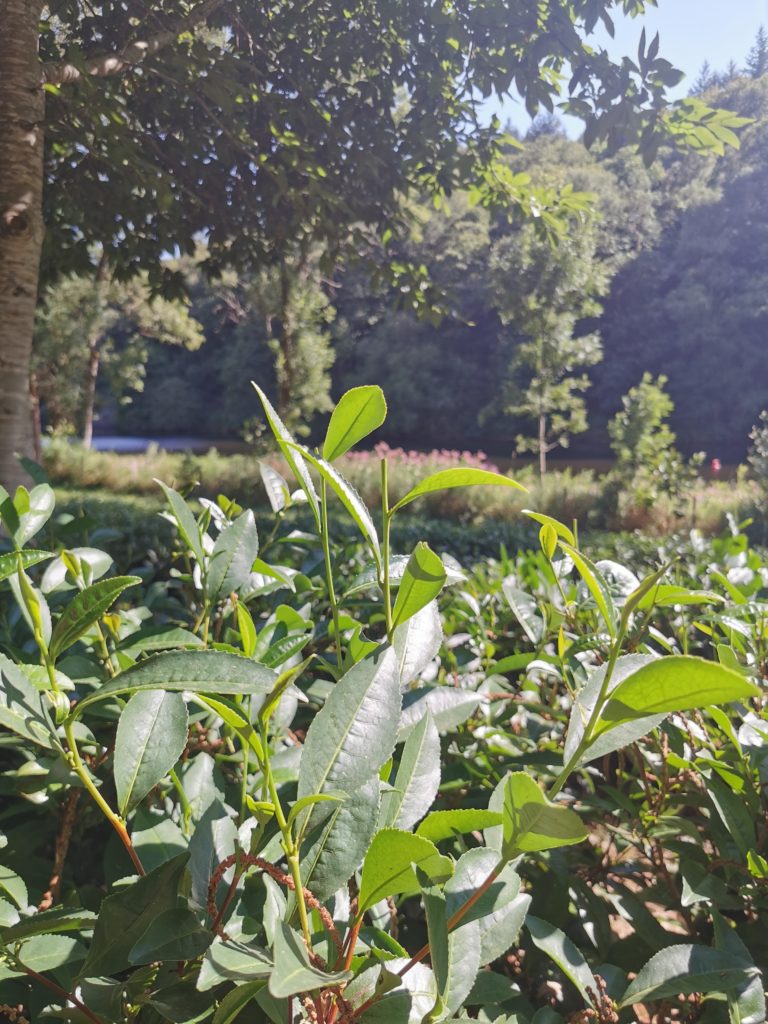
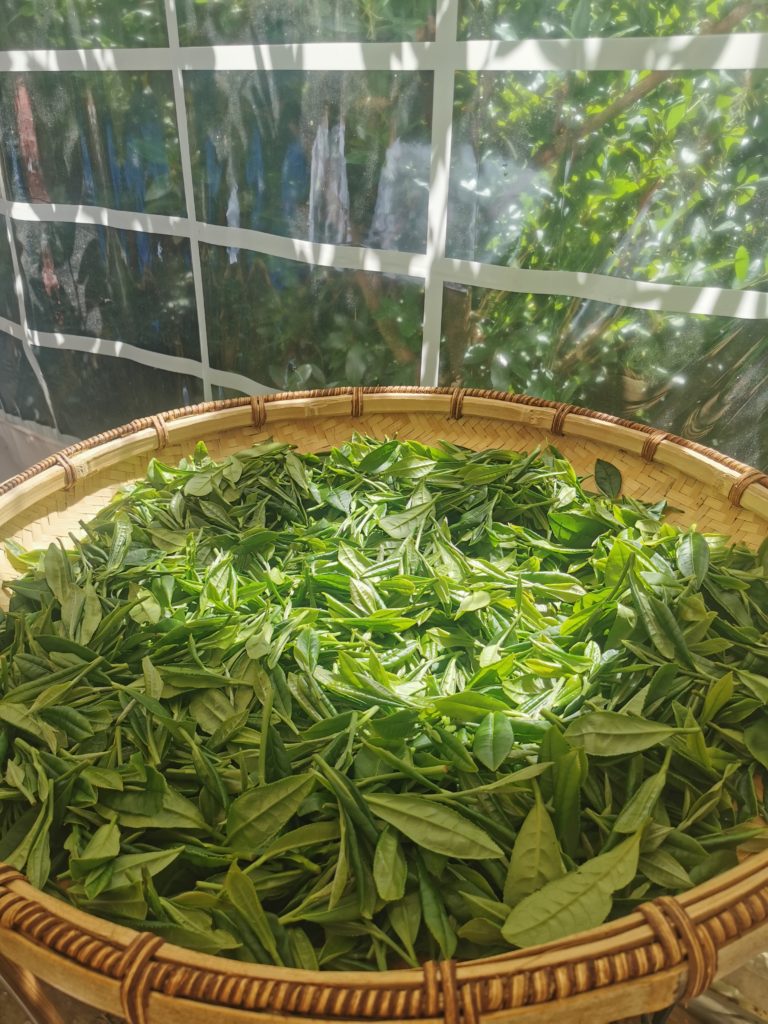
Green tea, black tea, oolong tea – what’s the difference?
For those who are not familiar with the differences between tea colors, I would like to provide a very simple explanation here: contrary to what many people believe (and I used to be one of them), the color of tea does not depend on the leaf or plant it originates from, but only on the processing method. The difference between white, green, black, and oolong teas lies in the degree of oxidation.
White tea, also known as “lazy man’s tea,” is not oxidized at all: the tea bud (usually the bud and/or young leaves are harvested) is simply wilted and air-dried.
Green tea is also not oxidized at all. However, the wilting process is stopped by a fixation step: through a brief passage in a high-temperature wok (traditional Chinese method), the molecules are “fixed,” and the leaves remain green. They are then rolled and dried.
Black tea is completely oxidized. This step occurs between rolling and drying, and it gives it a sometimes more fruity aroma than green tea, which tends to be very vegetal (in an extremely caricatured way, of course, because there are an infinite number of nuances in tea flavors and aromas, which is not the focus of this article).
As for oolong tea, also called blue tea, it is partially oxidized, which requires mastering this step. This is what also makes it one of the most difficult teas to obtain.
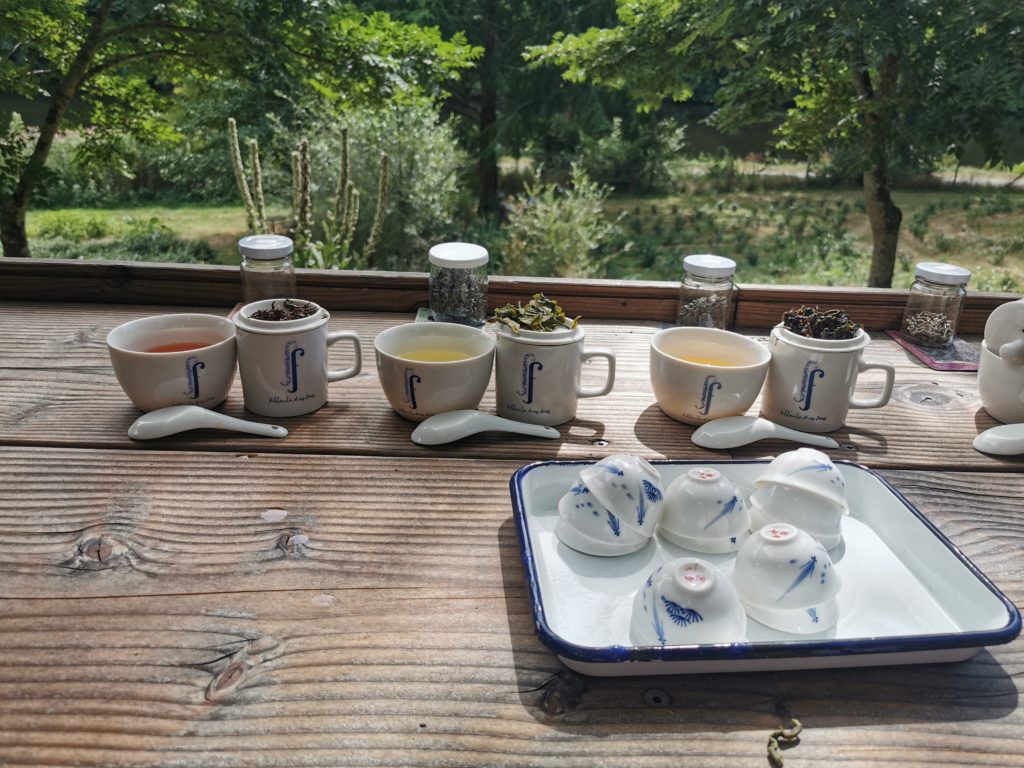
To learn more about tea and its manufacturing stages, the Filleule des Fées team offers guided tours of the garden and tea-making workshops each summer, allowing visitors to create their tea. The schedule is updated at the beginning of the year, so I invite you to regularly check the website and social media (Instagram / Facebook / Linkedin) if you are interested.
A heavenly tea garden by the Blavet River
Every year, the garden opens its doors to the public from late May, on the occasion of the Tea Festival (International Tea Day is set on May 21, and the festival takes place during the same weekend). By working with this French tea producer, one of the pioneers in the industry, not only can I learn more about tea culture and production (from seed to cup!), but I also have the immense opportunity to occasionally visit the garden. And I think you know my love for gardens, by now!


What a joy to stroll among the rows of tea, listening to the wind rustling in the trees (a few remarkable trees have also been planted there.) Here and there, small signs indicate the variety of tea plants we can observe, and at the end of the plantations, three peaceful Buddhas serenely await, one reading, another meditating, and the third smiling while leaning on his bucket. This little Zen touch contributes to the place’s natural harmony… a meditative garden, ideal for getting initiated into the calm and serenity advocated by slow and silent tea ceremonies.
Filleule des Fées tea garden in Trébihan: practical information
How to get there?
It is easiest to get to the tea garden by car, or if you are a cyclist or a good walker staying near the Blavet River, you can follow the towpath to the Trébihan lock until you reach the garden entrance.
Address of the tea garden
Filleule des Fées
Ecluse de Trébihan
56440 Languidic
Tea-related activities
Every year, the season opens with the Tea Festival, a weekend of welcoming visitors to the garden in May. Then two main types of activities are offered during the summer: “Let’s Walk in the Tea” (a walk with tasting to visit and learn about tea) and “Make Your Own Tea” (a fun workshop to learn how to make tea, at the end of which you leave with your own sachet of green tea).
Every year, the garden is open in July and August, from Wednesday to Sunday every week. It is recommended to book your activity in advance if you want to take part in one. Otherwise, access to the garden is free.
For more information
I invite you to follow Filleule des Fées on the website and its social networks (Instagram / Facebook / Linkedin) to stay informed about the news (and you’ll be talking to me as you do so!)
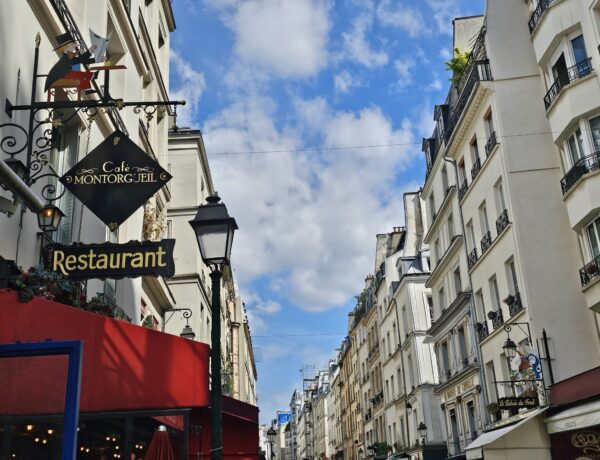
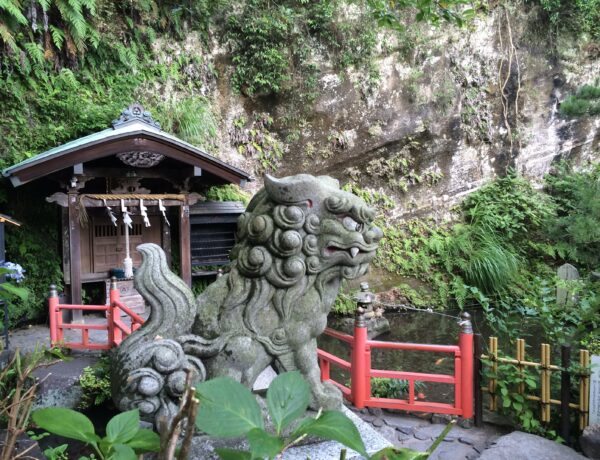
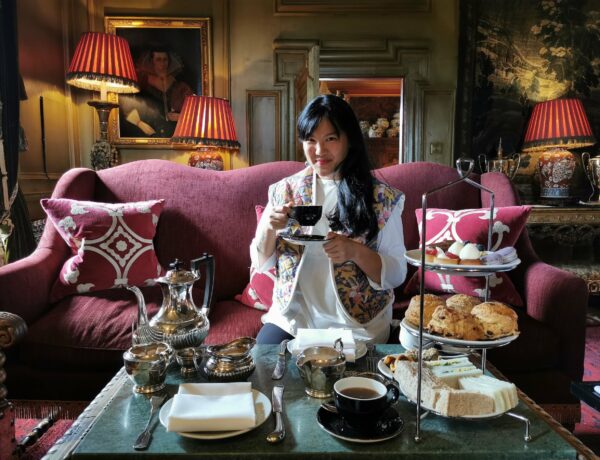
No Comments